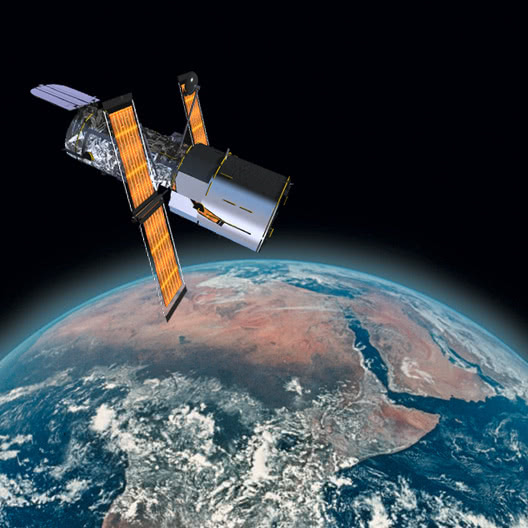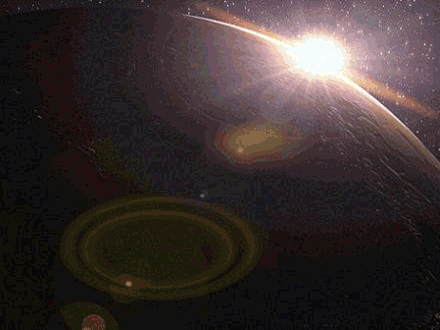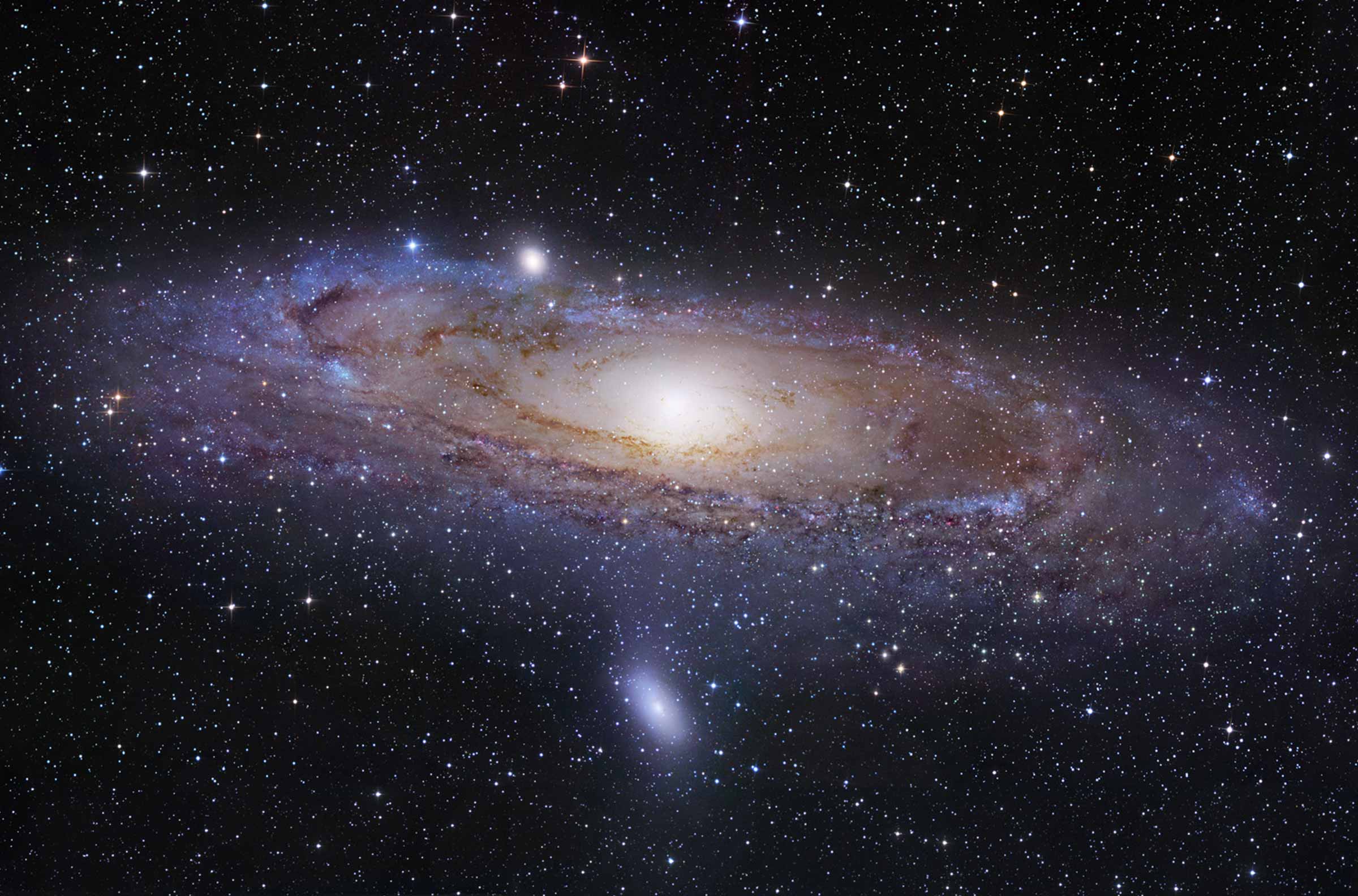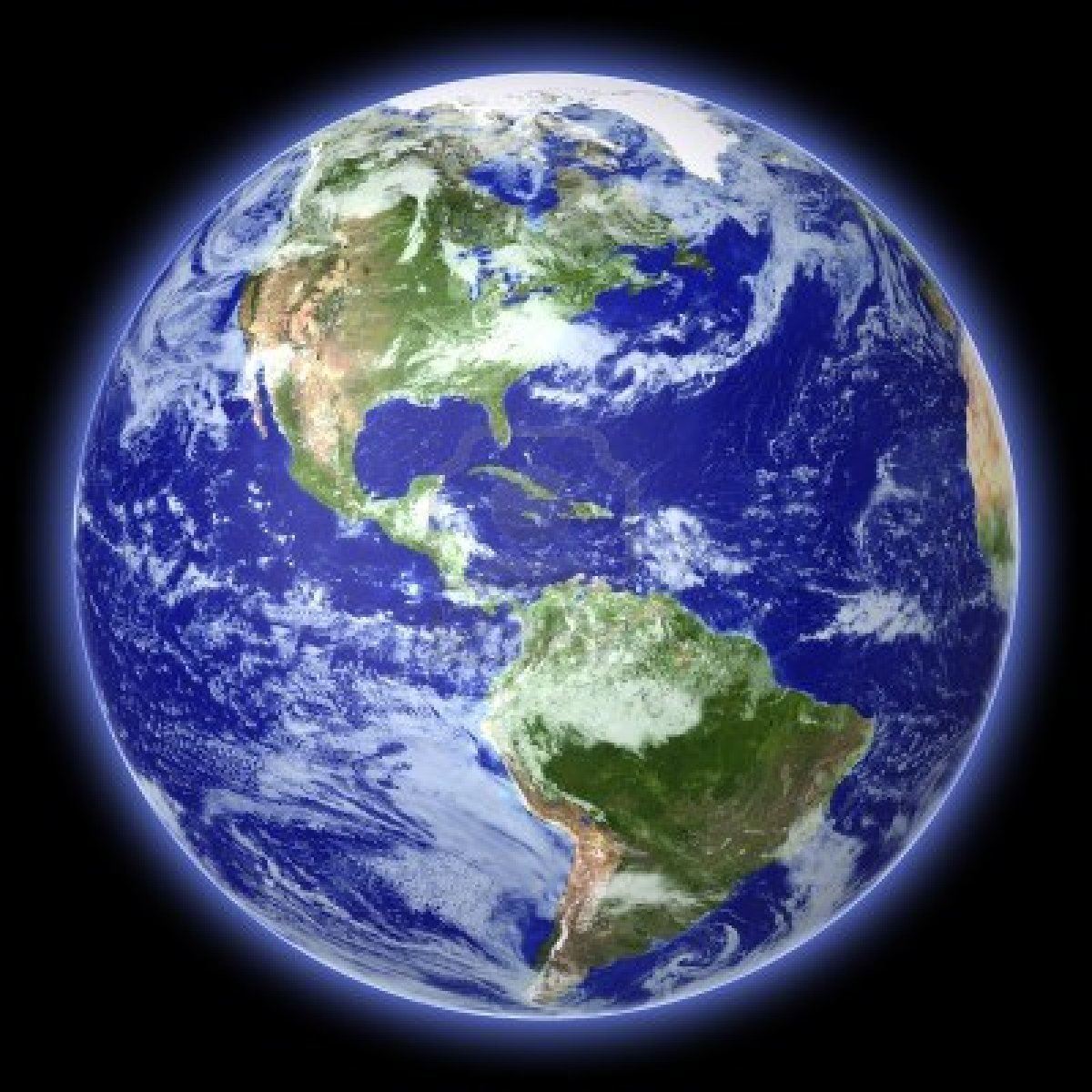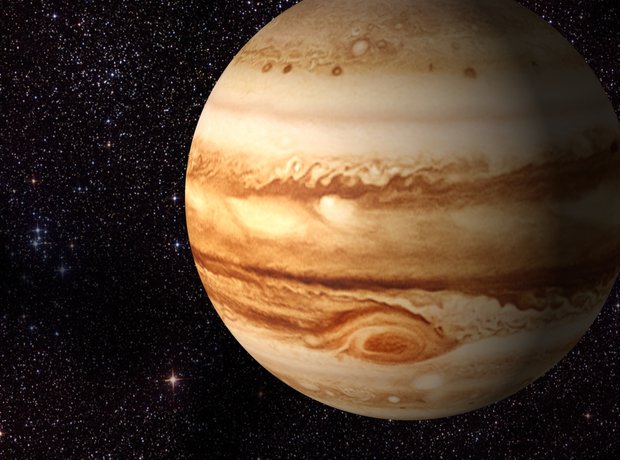- Telescope is an instrument that aids in the observation of out space. One example is the telescope Hubble.
- Curiosity Mars Rover was a car that was launched to Mars to study it ground and atmosphere.
- Satellite is an artificial object which has been intentionally placed into Earth's orbit.
- Constellations is a specific area of a celestial sphere that have different shapes and people named it. One example is the zodiac constellation.
- The moon is a natural satellite that orbits the earth. The lunar phases are:
- New moon: Is the first phase of the moon. The Moon is not always at this time except when it is in silhouette during a solar eclipse.
- Waxing Moon: After the new moon the sunlit a portion of the Moon increase but less than a half.
- First quarter: It happen when the Moon is at 90 degree angle with respect to the Earth and the Sun.
- Waxing gibbous: It rises during the hours between noon and sunset. It sets in the wee hours after midnight.
- Full Moon: It is when the moon have the whole of it disk is illuminated.
- Last Quarter: The instant approximately one week after a full moon , when half of the moons disk is illuminated by the sun.
Spaceships:
Is a vehicle that is used to travel astronauts to out space, are used for a variety of purposes, including communications, earth observation, meteorology, navigation, space colonization, planetary exploration, and transportation of humans. Some astronauts are: Neil Armstrong (First men to walk in the Moon) , Alan Bean, Mike Adams, William Anders , Michael Baker all these men worked in the missions of Apollo.
THANK YOU!!!!
